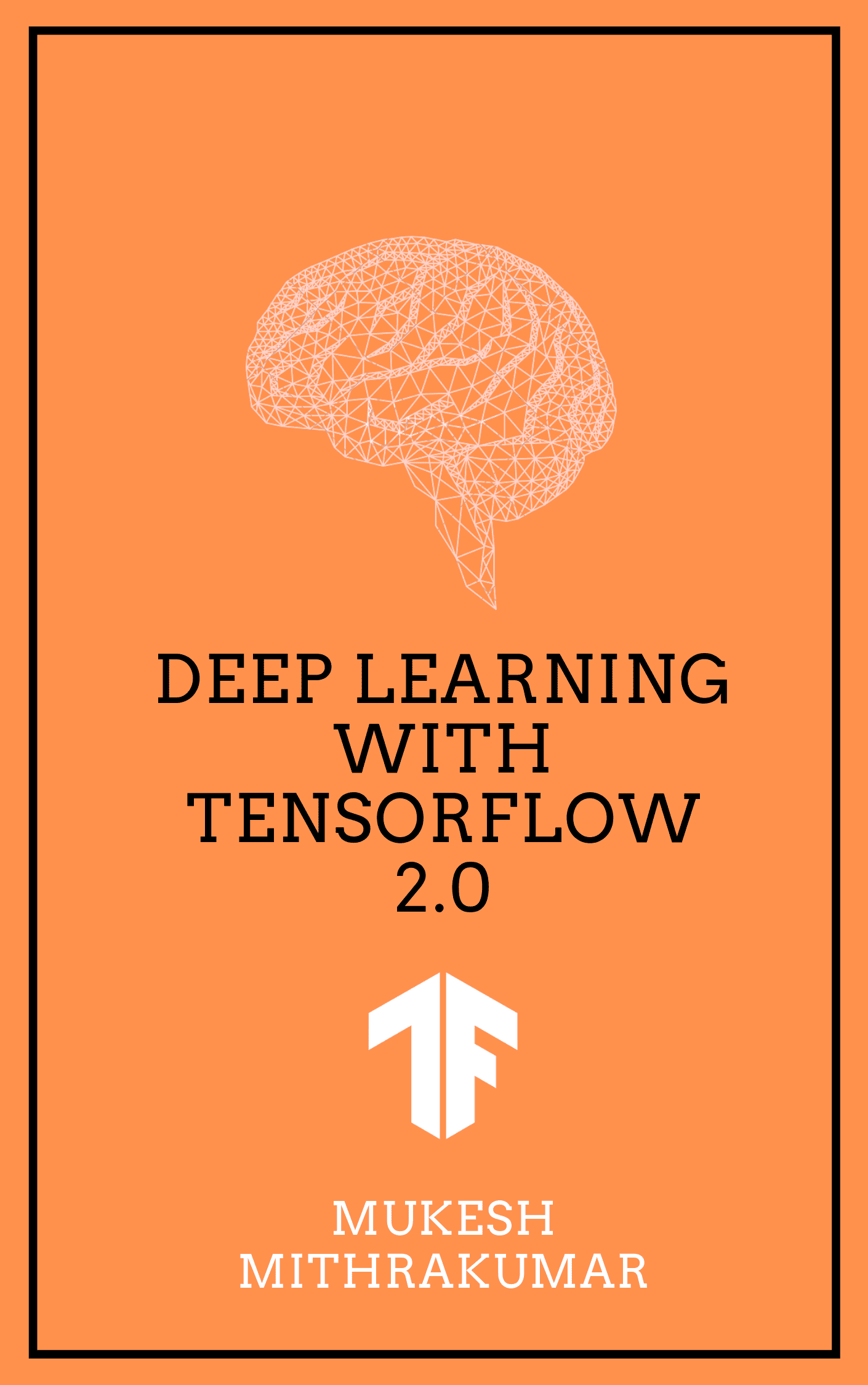Deep Learning with Tensorflow 2.0

Early Access:
This Book is a practical guide to
Deep Learning with Tensorflow 2.0.
The code is released under the MIT license and is
available for FREE on GitHub and you
can run the notebooks via
Google Colaboratory as well.
Subscribe so you don't miss when I make new
updates.